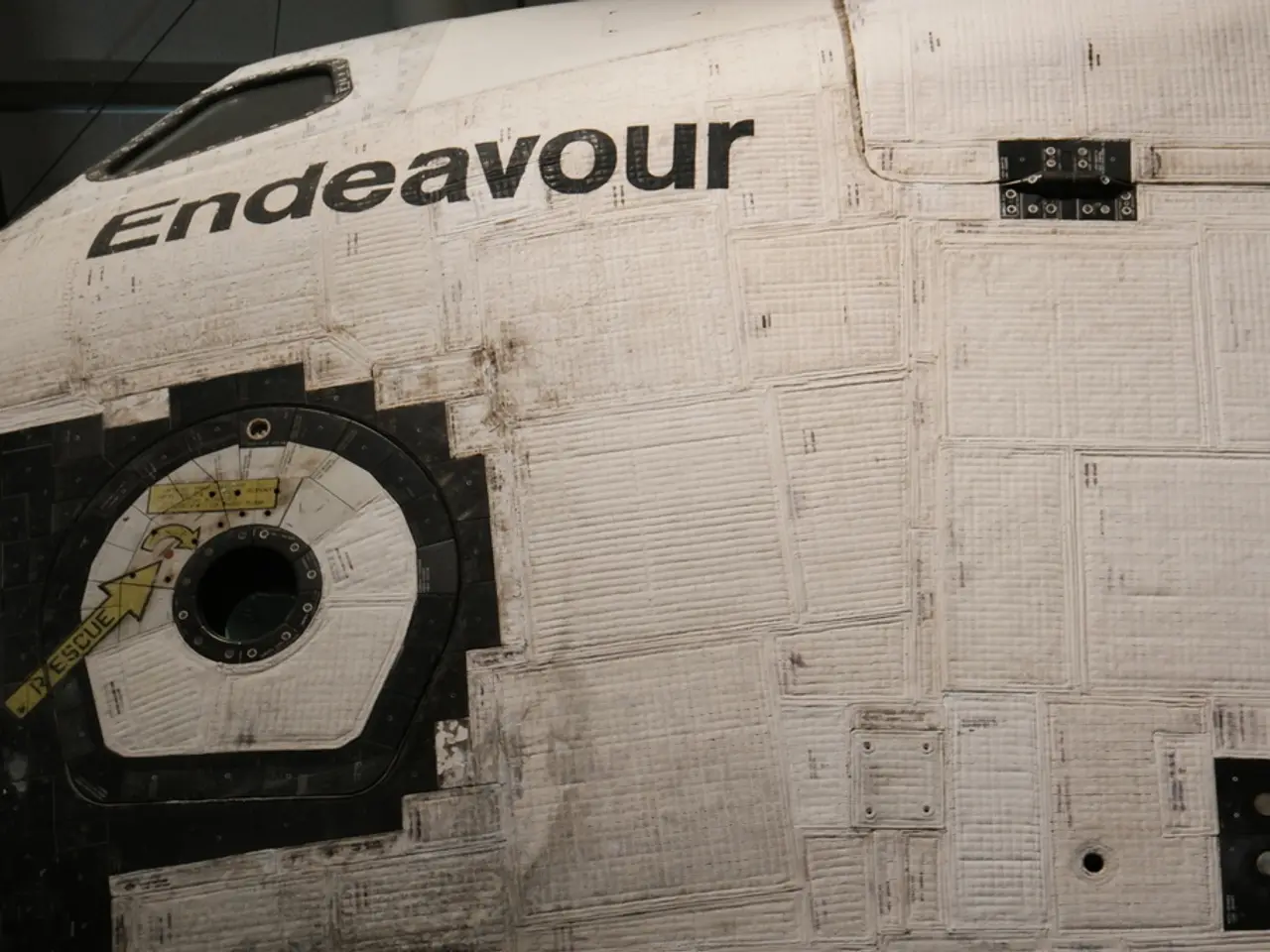Trump issues an executive order to bolster private sector participation on our site, with a goal of altering NASA's power equilibrium
A New Era for U.S. Commercial Space Industry
On August 13, 2025, President Trump signed an executive order titled "Enabling Competition in the Commercial Space Industry." The order is designed to streamline regulations, reduce bureaucratic delays, and foster a competitive and innovative commercial space sector in the United States.
The key focus of the order is to ensure the U.S. maintains a leading role in commercial space activities by simplifying licensing, expediting environmental reviews, and promoting the development of spaceports and novel space technologies like orbital refueling and microgravity manufacturing.
One of the main impacts of the order is the direction given to the Secretary of Transportation, in consultation with environmental and space agencies, to eliminate or speed up environmental reviews for launch and reentry licenses. This move aims to reduce delays and accelerate the approval process for space projects.
The order also seeks to reduce or remove redundant and overly restrictive regulations on launch vehicles and spaceports. This will help clear the path for greater momentum in the private sector, as supporters view it as a means to speed up innovation.
In addition, a streamlined approval system will be created for emerging space technologies that do not clearly fall under existing regulatory frameworks. This will provide a pathway for the development and implementation of cutting-edge space technologies.
The order also coordinates actions between the Department of Transportation (DOT), Department of Defense (DOD), Department of Commerce, NASA, and other federal agencies to align review processes and avoid duplication. This collaboration aims to accelerate space infrastructure development.
Regarding NASA's role and authority, the order positions NASA primarily as a coordinating agency focused on streamlining reviews and fostering innovation. However, it does not grant NASA any new regulatory authority or leadership over commercial space activities. Instead, NASA is tasked with collaborating alongside DOT, DOD, and Commerce to expedite approvals and evaluate pathways for faster innovation.
The executive order notably shifts more regulatory emphasis and power towards the Department of Transportation and the FAA’s Office of Commercial Space Transportation rather than expanding NASA’s regulatory control. This shift could potentially weaken NASA’s authority and shift national priorities towards market-driven objectives over science and exploration.
Critics argue that the order could pose risks to people and wildlife due to private companies launching giant rockets that often explode and cause devastation in surrounding areas. However, the order also takes aim at state-level environmental roadblocks and focuses on shortening environmental reviews to address concerns over potential harm caused by facilities like SpaceX's facility at Starbase launch site.
In conclusion, the executive order boosts U.S. commercial space competitiveness by reducing regulatory hurdles, promoting faster infrastructure development, and encouraging innovation. NASA's role is enhanced in coordination and advisory capacities but without increased authority over commercial spaceflight regulation. The order signals a continued move towards commercially-led space development, with new power centers emerging beyond NASA's control.
[1] White House (2025). Executive Order on Enabling Competition in the Commercial Space Industry. [online] Available at: https://www.whitehouse.gov/executive-orders/enabling-competition-in-the-commercial-space-industry/
[2] NASA (2025). NASA's Role in the Commercial Space Industry. [online] Available at: https://www.nasa.gov/commercialspace
[3] FAA (2025). Office of Commercial Space Transportation. [online] Available at: https://www.faa.gov/office_org/headquarters_offices/ast/
[4] Department of Transportation (2025). Office of the Secretary. [online] Available at: https://www.transportation.gov/office-secretary
- The new executive order on the Commercial Space Industry highlights the importance of technology, especially in the development of novel space technologies like orbital refueling and microgravity manufacturing.
- The reduction of overly restrictive regulations on launch vehicles and spaceports, as stated in the executive order, could potentially lead to advancements in science, particularly in understanding the environment's response to spaceport activities and technology implementation.




